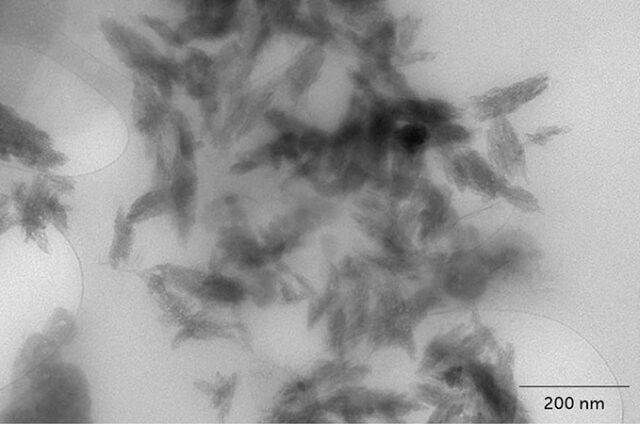Our brains are increasingly plastic. Minuscule shards and flakes of polymers are surprisingly abundant in brain tissue, a study of postmortem brains shows.
This appraisal of microplastics and nanoplastics, published February 3 in Nature Medicine, raises questions and worries about what this plastic is doing to us.
“The findings are both significant and concerning,” says Raffaele Marfella, a cardiovascular researcher at University of Campania “Luigi Vanvitelli” in Naples, Italy. He and colleagues recently found that people with more micro- and nanoplastics, or MNPs for short, in blood vessel plaques were at higher risk of heart attacks, strokes and death.
Plastic levels are tricky to measure. To get the full picture, researchers used several different methods to measure MNPs in 91 brain samples collected from people who died as far back as 1997. The measurements all pointed to substantial increases over the years. From 2016 to 2024, the median concentration of MNPs increased by about 50 percent, from 3,345 micrograms per gram to 4,917 micrograms per gram.
“The levels of plastic being detected in the brain are almost unbelievable,” says study coauthor Andrew West, a neuroscientist at Duke University. “In fact, I didn’t believe it until I saw all the data” from multiple tests with different samples.
Unbelievable, but not surprising, given how plastic has permeated the world. “Microplastics are in the food we eat, the water we drink and even the air we breathe,” says Richard Thompson, a microplastic pollution expert at the University of Plymouth in England, who helped discover microplastics. Of course they’ve made their way into human tissue, he says. Earlier studies have found them in lungs, intestines, blood, liver and placenta.
In the samples collected in 2024, concentrations of MNPs in brain tissue were about 10 times higher than levels in liver and kidney tissue, the researchers report. Scientists had wondered if the blood-brain barrier, a cellular do-not-pass zone, could keep these polymers out. That doesn’t seem to be the case.
“This study clearly demonstrates that they are there and in high concentrations,” says Phoebe Stapleton, a toxicologist at Rutgers University in Piscataway, N.J. “The next steps will be to understand what they are doing [in the brain] and how the body responds to them.”

In addition to the levels of MNPs being described, their shapes are unexpected, Stapleton says. Thin, sharp particles — not solid grains — were present in the brain tissue. Many lab studies of MNPs experiment with engineered beads of polystyrene, a plastic extensively used in food industry, medical supplies and more. But the brains didn’t have much polystyrene; there was, however, abundant polyethylene, another common household plastic that shows up in grocery bags, shampoo bottle and toys. And the shards didn’t look like beads. “The aged shards that wind up in the brain look like nothing we have used yet in the lab,” West says.
Higher MNP levels appeared in 12 brains of people with dementia diagnoses. That result can’t say anything about whether one caused the other. Brain changes that come with dementia could allow more plastic to enter, for instance.
Puzzlingly, MNP levels weren’t linked to age at death, but did vary quite a bit among people, the study shows. Researchers are keen to understand why some people have high levels while others seem to have avoided buildup, West says.
The results come with caveats. The sample sizes were relatively small. Contamination risks and variability in measurements can make interpretation hard. And this study didn’t follow plastic levels in living people, so it’s not known if or how MNPs might fluctuate over time.
Big questions remain, including how MNPs get into the brain, whether they can be removed and — perhaps most pressing — if they are harmful or benign. “Simply put, we do not know the health implications of microplastics in the brain,” West says. But he also says that it would be a mistake to wait to get all the answers before addressing the issue. “People are wondering, ‘Is this the next asbestos, or the next lead, or is it even something much worse than what we’ve seen — harder to detect and harder to get rid of?’”
source






